Post Syndicated from Fergus Kirkpatrick original https://www.raspberrypi.org/blog/astro-pi-mission-space-lab-2022-23-results/
Celebrate another year of young people’s computer programs in space with us: today we and our collaborators at the European Space Agency can finally announce the winning and highly commended teams in this year’s Astro Pi Mission Space Lab.
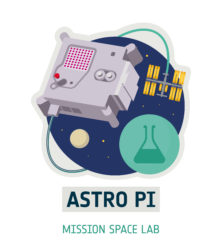
Mission Space Lab: Young people’s experiments in space
In Mission Space Lab, teams of young people work together to create computer programs for scientific experiments to be carried out on the International Space Station. The programs they design and create run on the two Astro Pi computers: space-adapted Raspberry Pis with cameras and a range of sensors.
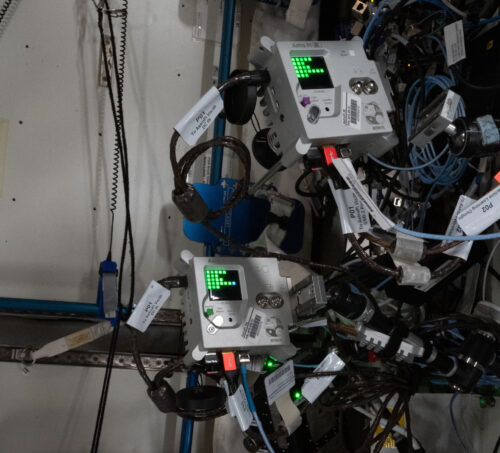
Teams’ programs were deployed on the ISS during May and ran for up to 3 hours, collecting data for their experiments. Once we’d sent the teams their data, they started analysing it in order to write their Phase 4 reports. To identify patterns and phenomena they were interested in, many teams chose to compare their data with other sources.
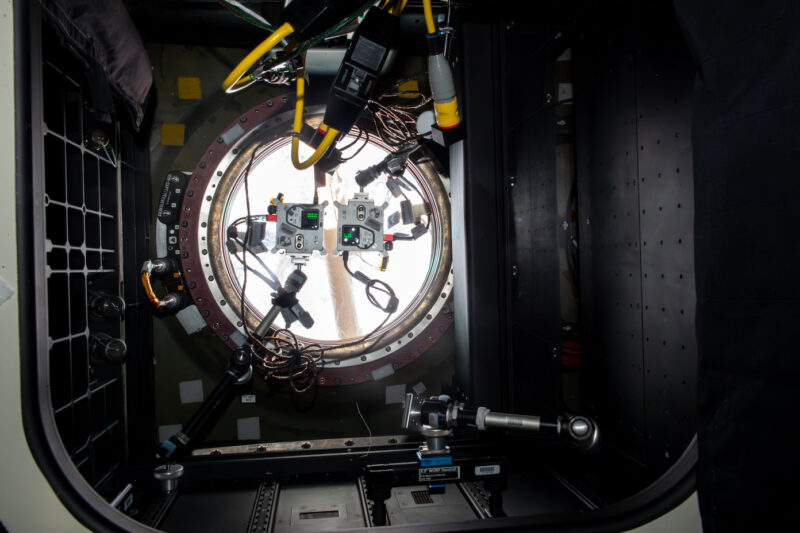
We were especially excited to see the results from the experiments this year, particularly given that the upgraded Astro Pi units with their High Quality Cameras were positioned in a new observation window (WORF) on the ISS. This allowed teams to capture high-resolution images with a much wider field of view.
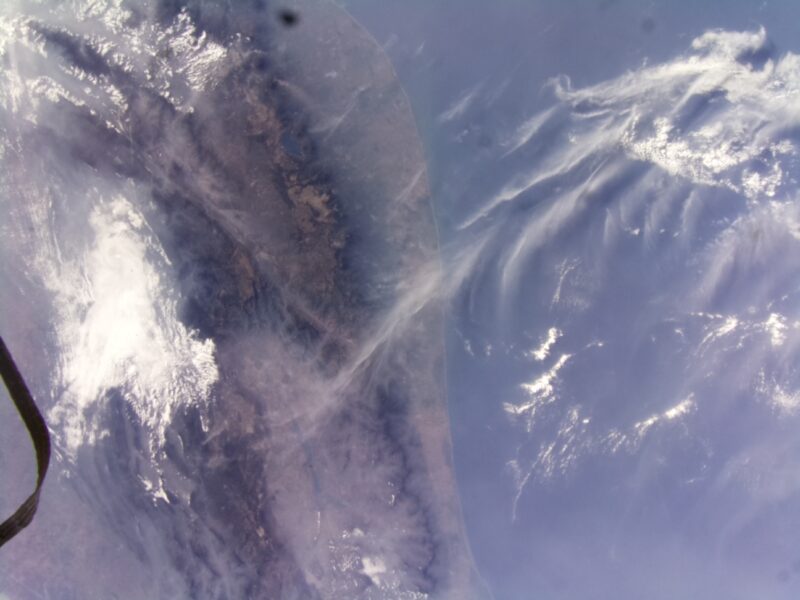
What have Mission Space Lab teams investigated this year?
We feel very privileged to see the culmination of the team’s experiments in their final reports. So let’s share a few highlights from this year’s experiments:
Team Aretusa from Sicily explored the effects of climate change by cross-referencing the images they captured with the Astro Pis with historical images from Google Earth. They used Near Infrared photography to capture images, and NDVI (Normalised Difference Vegetation Index) image processing in their analysis. Below you can see that they have compared data of Saudi Arabia from 1987 to 2023, showing increasing levels of vegetation grown in attempts to restore degraded land.
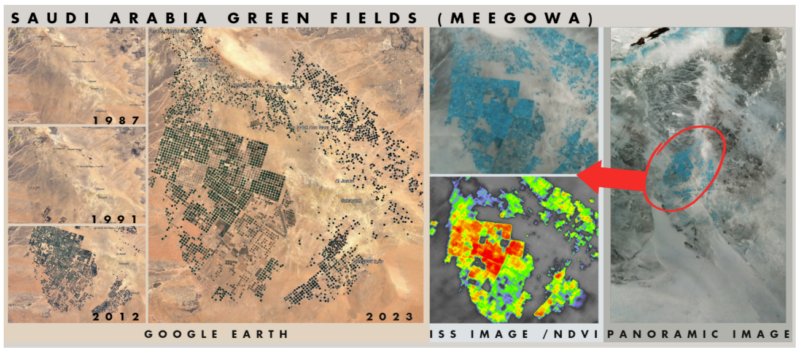
Team Barrande from the Czech Republic trained AI models on images they gathered to identify topographical features of Earth. Their Mission Space Lab program used the Astro Pi computer’s machine learning dongle to train one AI model in real time. Later, the team also used the collected images to train another model back on Earth. Comparing the outputs of the two models, the team could tell how well the models had identified different topographical features. The below selection shows an image the team’s experiment captured on the left, the same image after processing by the AI model trained on the Astro Pi computer in the middle, and the image processed by the AI model trained on Earth.

Team DAHspace from Portugal measured the intensity of the Earth’s magnetic field along the orbit path of the ISS. Using the magnetometer on the Astro Pi, their experiment recorded data allowing the team to track changes of intensity. The team mapped this data to the ISS’s coordinates, showing the difference in the Earth’s magnetic field between the North Pole (points 1 and 2 on the chart below) and the South Pole (points 3 and 4).
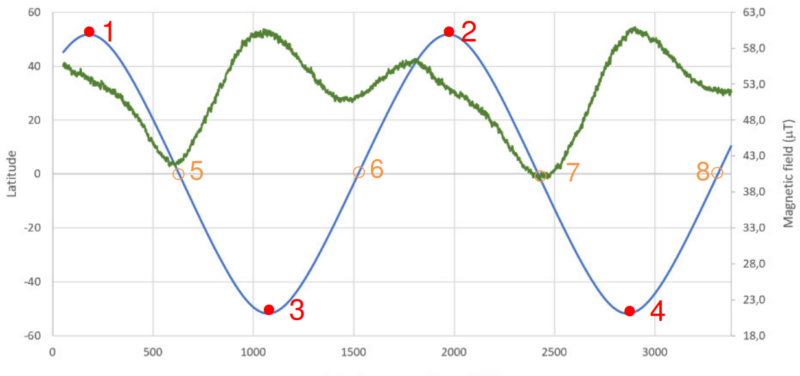
And the winning teams are…
We and our collaborators at ESA Education have been busy reviewing all of the reports to assess the scientific merit, use of the Astro Pi hardware, experiment design, and data analysis. The ten winning teams come from schools and coding clubs in 11 countries. We are sending each team some cool space swag to recognise their achievement.
Winning teams
| Team | Experiment theme | Based at | Country |
| Magnet47 | Life on Earth | O’Neill CVI | Canada |
| Aretusa | Life on Earth | Liceo Da Vinci Floridia | Italy |
| ASaether | Life on Earth | “Andrei Saguna” National College | Romania |
| Barrande | Life on Earth | Gymnázium Joachima Barranda Beroun | Czech Republic |
| Escapers | Life in space | Code Club | Canada |
| Futura | Life in space | Scuola Svizzera Milano | Italy |
| StMarks | Life on Earth | St Mark’s Church of England School | United Kingdom |
| DAHspace | Life on Earth | EB 2,3 D. Afonso Henriques | Portugal |
| T5Clouds | Life on Earth | Dominican College | Ireland |
| PiNuts | Life in space | TEKNISK GYMNASIUM, Skanderborg | Denmark |
You can click on a team name to read the team’s experiment report.
Highly commended teams
Along with the winning teams, we would like to commend the following teams for their experiments:
| Team | Experiment theme | Based at | Country |
| Parsec | Life on Earth | Liceo Da Vinci Pascoli Gallarate | Italy |
| Celeste | Life on Earth | International School of Florence | Italy |
| LionTech | Life on Earth | Colegiul Național ”Mihai Eminescu” | Romania |
| OHSpace | Life in Space | Oxford High School | United Kingdom |
| Magneto | Life on Earth | The American School of The Hague | Netherlands |
| GreenEye | Life on Earth | ROBOTONIO | Greece |
| Primus | Life on Earth | Independent coding club | Germany |
You can click on a team name to read the team’s experiment report.
All of the teams whose Mission Space Lab programs ran on the ISS will receive a certificate signed by ESA astronaut Samantha Cristoforetti. The winning and highly commended teams will also be invited to a live video chat with an ESA astronaut in the autumn.
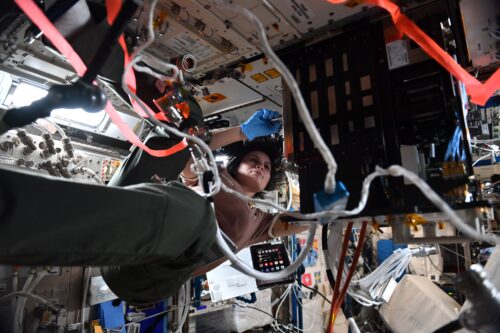
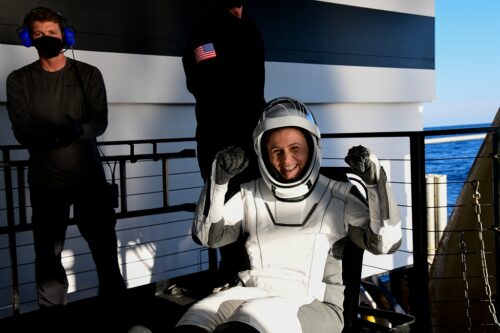
Congratulations to all 2022/23 participants
Huge congratulations to every team that participated in Astro Pi Mission Space Lab. We hope you found it fun and inspiring to take part.
A big thank you to everyone who has been involved in the European Astro Pi Challenge this year. An amazing 24,850 young people from 29 countries had their programs run in space this year. We can’t wait to do it all again starting in September.
And it’s not just us saying thanks and well done — here’s a special message from ESA astronaut Matthias Maurer:
Looking forward to the next Astro Pi Challenge
On 18 September 2023, we’ll launch the European Astro Pi Challenge for 2023/24. Mission Zero will open in September, and we’ll announce exciting news about Mission Space Lab in September too.
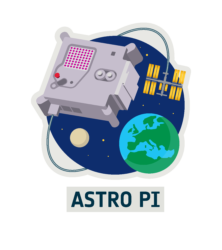
If you know a young person who might be interested in the Astro Pi Challenge, sign up for the newsletter on astro-pi.org and follow the Astro Pi Twitter account for all the latest announcements about how you can support them to take the unique opportunity to write code to run in space.
The post Young people’s amazing experiments in space: Astro Pi Mission Space Lab 2022/23 appeared first on Raspberry Pi Foundation.